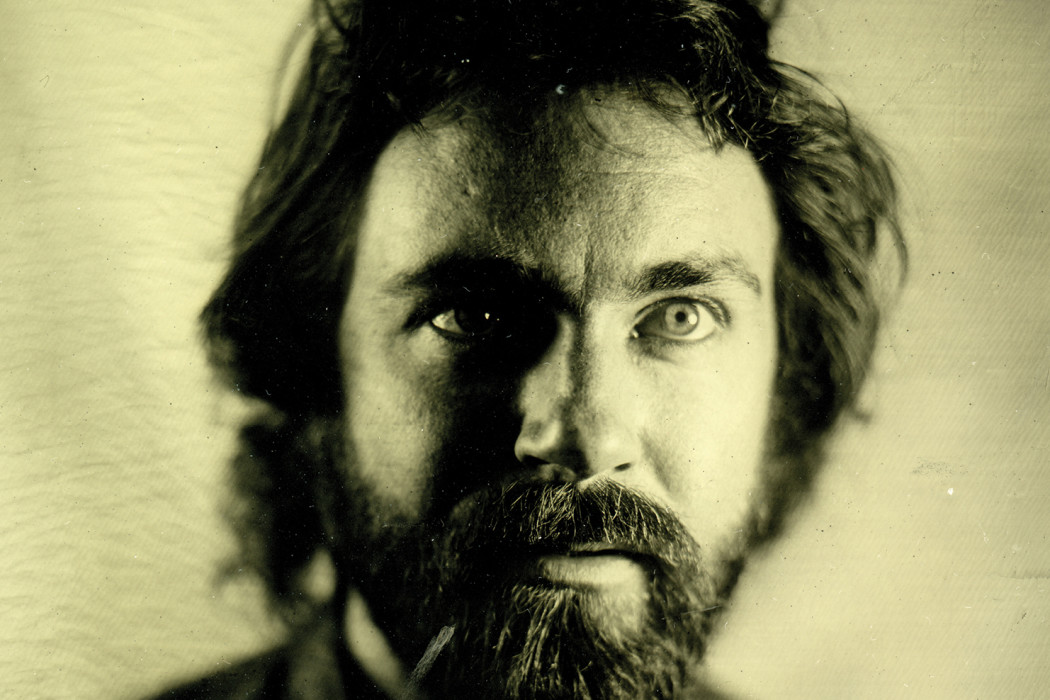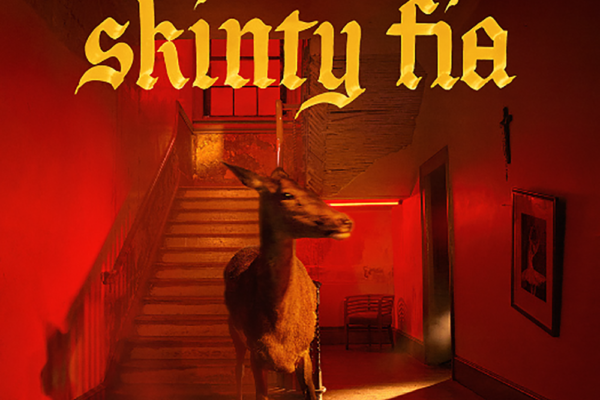The first thing Liam Finn does on his third album, The Nihilist, is take you down to sonic depths with a plunging synth submarine. Those auditory dives are the lead-in to a game that Finn will play for the rest this album: how many different sounds can I fit on this record in under an hour? He plays sixty-seven different instruments, and each modulated, sometimes several times over.
“Ocean Emanuelle,” the opening track, is four minutes of blissful pop. It’s driven by an easy bass line that sedates the listener, while he indie-croons about being under the Ocean. Keyed under the elements is the reverbed guitar so reminiscent of surf-pop that you feel a little beaten over the head with its obviousness. But this album’s sonics come from a myriad of sources: retro-vibes, former collaborators, and New York City – temporary home to this New Zealand native.
After that first track, Finn effortlessly moves us through The Nihilist: the traffic in “Ocean Emanuelle” becomes the taxicabs that show up on the title track. In that song, the guitar, distorted to sound like an 8-bit video game bleeds onto the next track, “Snug as Fuck”. The synth-y orchestral strikes so popular in 90s R&B, find themselves on “Helena Bonham Carter” and “Burn Up The Road.” Later on, “Arrow,” an ethereal track with hip-hop drums has Finn “flying with the airplanes,” which floats effortlessly into “I,” a track so expansive, it gives credence to Whitman’s declaration “I contain multitudes.”
Finn, no stranger to the world of music, seems inspired by musicians he’s worked with before, particularly his 7 Worlds Collide collaborator Jonny Greenwood of Radiohead and tour mates Wilco. The guitar effect on “Drearydroop” is doppelganger to Greenwood’s circa OK Computer. “Snug as Fuck” seems like it could be matched in temper to something off Wilco (The Album)—the vibrato on the guitar solo is all Nels Cline. Elsewhere, “4 Track Stomper” might be a psychedelic Black Keys song, while “Wrestle With Dad” finds him at his most Beatles-esque (maybe with some Robert Smith vocals thrown in).
The two strongest songs on the album are “Miracle Glance” and “Wild Animal,” which, taken out of the context of the album, are the most polar opposite. The former, clocking in at 6:23, is the longest song on the album. Its pace is slow and deliberate, and as the momentum builds, you think you might finally break the surface for some air, but Finn stops us just before we get there. The latter is the most unadorned and tightest song on the album. With a dancing bass and strong chorus, it is also the most memorable. The secret weapon here is backup singer Eliza Jane Barnes, whose harmonies throughout the album add an eerie depth to Finn’s vocals.
The Nihilist relies heavily on musical asides—breaks in the songs where everything gets a little soft, only for him to bring back every instrument, full force. They appear on almost every track. While it works on each song individually, it would have had more weight if it were used on two, maybe three of the songs. And that brings us back to the biggest trope of the album: the sonic barrage that began way back in “Ocean Emanuelle.” After “Wrestle With Dad” ends, and the album is over, you begin to wonder what it would have sounded like stripped down; without sixty-seven instruments.
It seems Finn is an artist unsure of his own talents, burying the core ideas beneath the noise. Yet the songs are good enough that you get the sense they could stand on their own without all the effects—the mark of a good songwriter. One hopes that Finn, on tour with a full band for the first time, edits these songs down to the essentials without getting rid of too much. Because, with its oceanic atmospheres and pulsating beats, The Nihilist is an album that righteously avoids plainness, and it is the perfect album for those that just want to be taken away for a while.
You can purchase “The Nihilist” here
Article by: Christopher Gilson




